The New Yorker, as you may have heard, has redesigned its website, and is making all articles published since 2007 free, for the summer, in hopes of addicting you as a reader. Once you’re hooked, they’ll winch up the drawbridge, and you’ll have to pay, pay, pay. But for the moment let’s not think about either the metaphor I just mixed or its consequences, shall we?
A self-publicist’s work is never done, and it seemed to behoove me to take advantage of the occasion. So I googled myself. It turns out that I’ve been writing for the New Yorker since 2005 and that ten articles of mine have appeared in the print magazine over the years. All seem to be on the free side of the paywall as of this writing (though a glitch appears to have put several of the early articles almost entirely into italics). Enjoy!
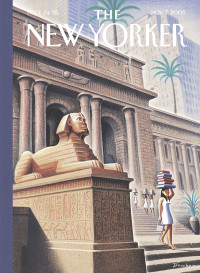 |
“Rail-Splitting,” 7 November 2005: Was Lincoln depressed? Was he a team player? |
 |
“The Terror Last Time,” 13 March 2006: How much evidence did you need to hang a terrorist in 1887? |
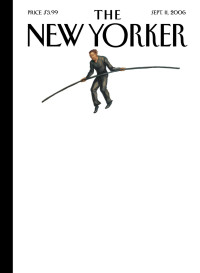 |
“Surveillance Society,” 11 September 2006: In the 1930s, a group of British intellectuals tried to record the texture of everyday life |
 |
“Bad Precedent,” 29 January 2007: Andrew Jackson declares martial law |
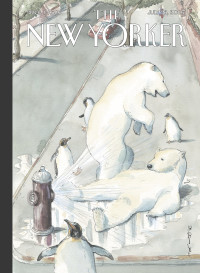 |
“There She Blew,” 23 July 2007: The history of whaling |
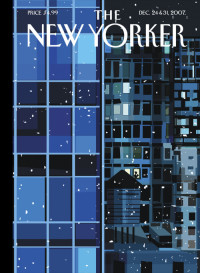 |
“Twilight of the Books,” 24 December 2007: This is your brain on reading |
 |
“There Was Blood,” 19 January 2009: A fossil-fueled massacre |
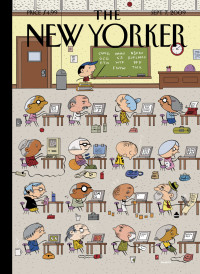 |
“Bootylicious,” 7 September 2009: The economics of piracy |
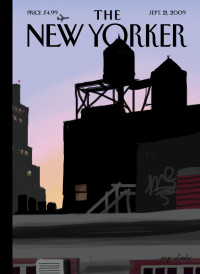 |
“It Happened One Decade,” 21 September 2009: The books and movies that buoyed America during the Great Depression |
 |
“Tea and Antipathy,” 20 December 2010: Was the Tea Party such a good idea the first time around? |
 |
Unfortunate Events, 22 October 2012: What was the War of 1812 even about? |
 |
“Four Legs Good,” 28 October 2013: Jack London goes to the dogs |
 |
“The Red and the Scarlet,” 30 June 2014: Where the pursuit of experience took Stephen Crane |

